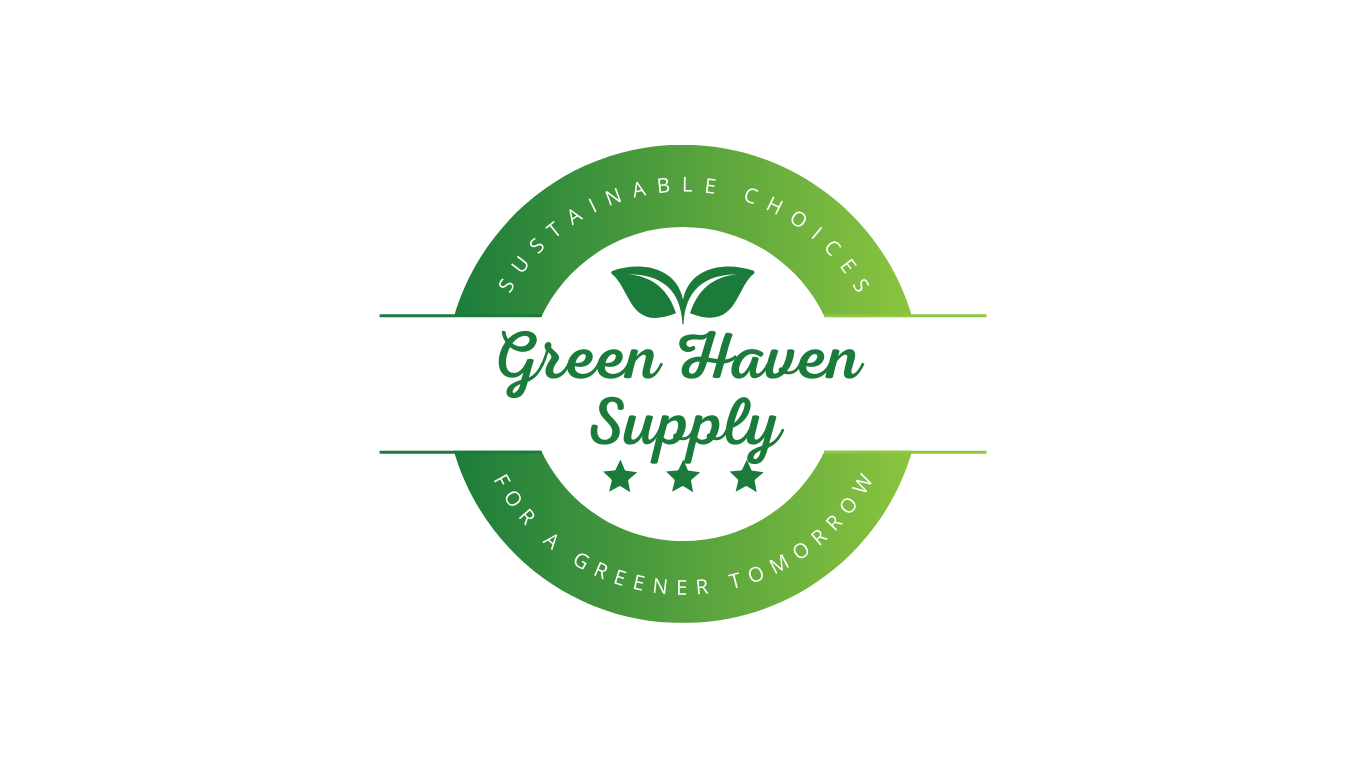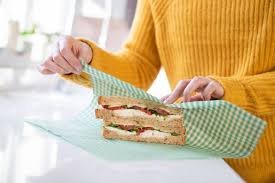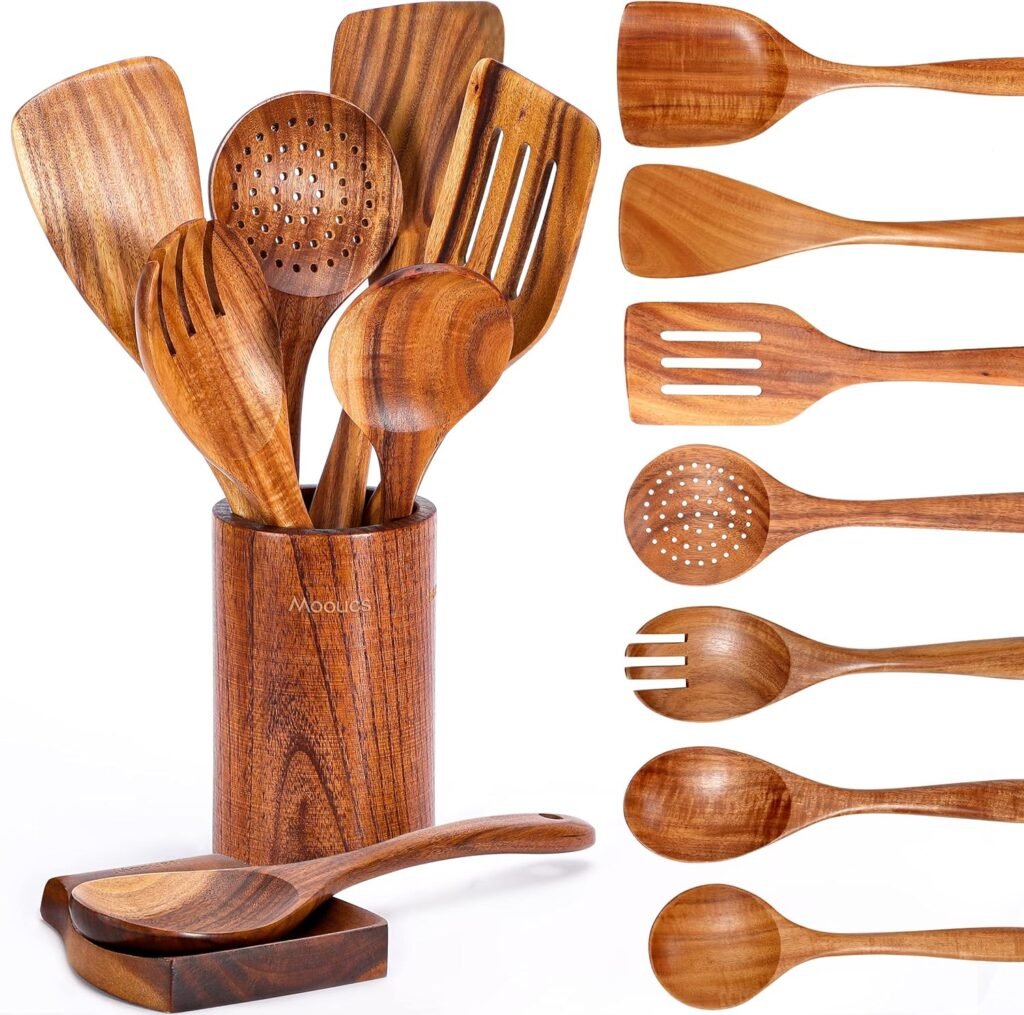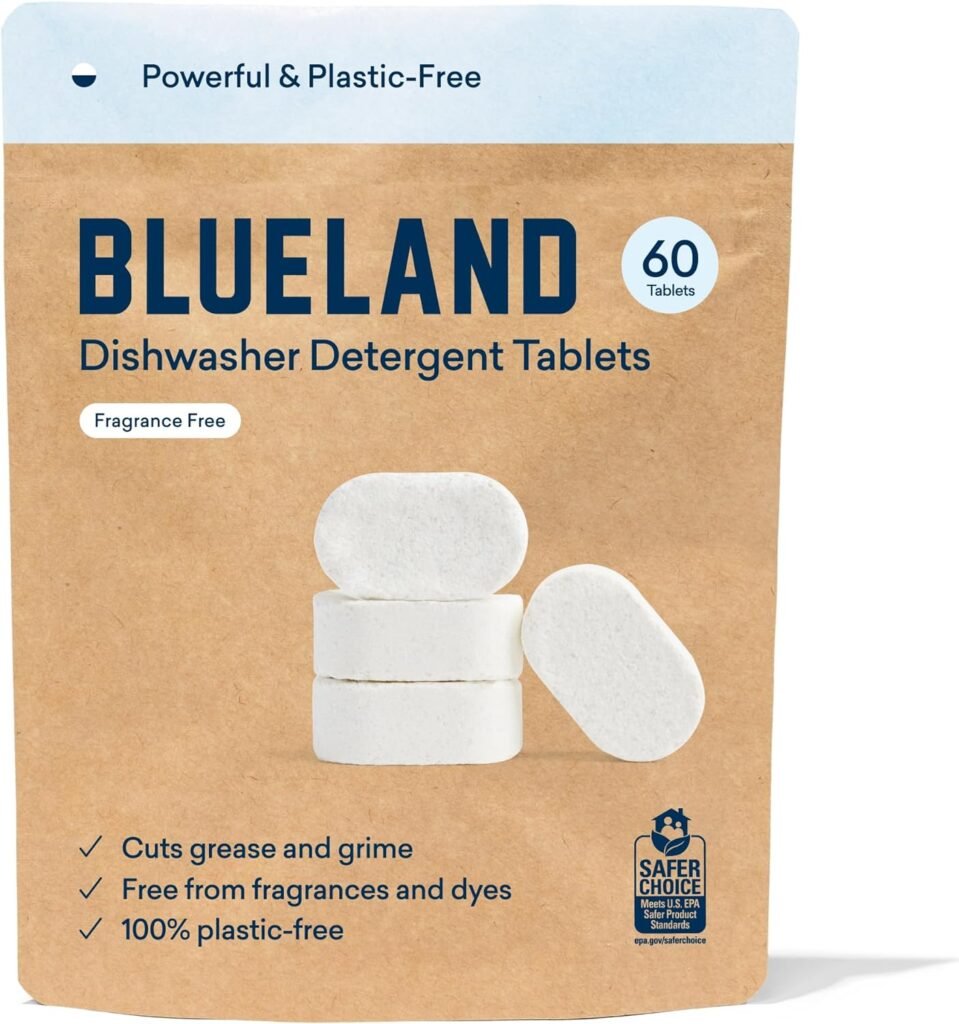What are Beeswax Food Wraps?
Beeswax food wraps are a sustainable and eco-friendly alternative to single-use plastic wraps, gaining widespread popularity in recent years. These wraps are primarily made from organic cotton fabric coated with a blend of natural ingredients, including organic beeswax, tree resin, and jojoba oil. The beeswax provides a natural, protective barrier that is both breathable and pliable, making them ideal for wrapping food. The tree resin adds firmness, while jojoba oil contributes to the wraps’ antimicrobial properties, ensuring food stays fresh longer.
The history of beeswax food wraps can be traced back to ancient civilizations, where natural materials were often employed for food preservation. However, the modern incarnation of these wraps emerged in response to the growing concern over plastic waste and the harmful effects of conventional plastic on the environment. As consumers became more aware of the need for sustainable practices, beeswax wraps offered a practical solution for those seeking plastic-free food storage solutions.
- ECO FRIENDLY REUSABLE FOOD WRAPS are here to eliminate single-use plastic wrap from your kitchen. The green alternative …
- ALL NATURAL wraps are made in the USA and contain organic cotton, beeswax, organic plant oil, and tree resin – free from…
- VARIETY PACK OF THREE WRAPS in assorted sizes for all of your food storage needs. Use our small wrap (7″ x 8″) for half …
The production of beeswax wraps involves a simple yet environmentally friendly process. Organic cotton fabric is sourced sustainably and then infused with a combination of beeswax, tree resin, and jojoba oil. The result is a flexible and washable wrap that can be used repeatedly, making it not only a natural alternative to plastic wrap but also a cost-effective one in the long run. These eco-friendly food wraps can be molded around various food items, such as fruits, vegetables, cheese, and even bowls, proving their versatility in the kitchen.
As the demand for alternatives to single-use plastics continues to rise, beeswax wraps have positioned themselves as a viable and trendy solution for environmentally conscious consumers. By adopting these reusable options, individuals can significantly reduce their plastic waste while maintaining an effective method of food storage. The utilization of organic beeswax food wraps aligns perfectly with the growing movement towards sustainable living, creating a positive impact on our planet.
Benefits of Using Beeswax Food Wraps
Beeswax food wraps serve as an eco-friendly alternative to plastic wrap, offering a multitude of benefits that cater to both health-conscious individuals and environmentally-aware consumers. One of the key advantages of using organic beeswax food wrap is its reusability, which significantly reduces waste generated from single-use plastics. Each wrap can be used repeatedly for up to a year or longer, depending on care and maintenance, making them a sustainable choice for food storage.
The breathable nature of beeswax wraps allows food to remain fresh without trapping moisture, unlike traditional plastic wraps. This characteristic not only helps maintain the quality of the food but also discourages the growth of bacteria, thereby contributing to healthier food storage practices. Food items such as fruits, vegetables, cheese, and even baked goods can be easily wrapped to preserve freshness, with the wraps adapting to various shapes and sizes due to their malleability.
Furthermore, utilizing beeswax wraps plays a vital role in reducing reliance on plastic packaging. In a world increasingly concerned with environmental impact, transitioning to plastic-free food storage solutions is a necessary step towards sustainability. The use of eco-friendly food wraps contributes to a broader movement against plastic pollution, with consumers advocating for products that are both functional and environmentally responsible.
- 【Natural Ingredients】 Our organic reusable beeswax wrap are made from organic jojoba oil, organic cotton, ethically harv…
- 【A Size For Every Occasion】The 9 pack beeswax food wrappers include 5 Small (7″ x 8″) 3 Medium (10″ x 11″), and 1 Large …
- 【Easy To Wash】 Wash the beeswax cover in cool water with mild soap and air dry, keep food wraps away from heat and don’t…
In terms of cost-effectiveness, although the initial investment in reusable beeswax food wraps might be higher than conventional plastic wraps, the longevity and reusability of these wraps ultimately lead to savings over time. Additionally, by avoiding plastic leaching into food, users can benefit from the potential health advantages associated with choosing natural alternatives. By embracing organic beeswax food wrap, individuals not only enhance their kitchen practices but also contribute positively to the environment.
How to Use and Care for Beeswax Food Wraps
Using reusable beeswax food wraps is an excellent way to adopt a natural alternative to plastic wrap while ensuring effective food storage. These eco-friendly food wraps are versatile and can be used for various food items. To wrap fruits and vegetables, simply take a wrap, warm it slightly in your hands to make it pliable, and then mold it around the item. It is best to cover items such as half-cut avocados, cut cheese, or leftover portions by pressing the wrap firmly to ensure a tight seal. This technique helps maintain freshness and prevents spoilage, thus providing a sustainable choice in plastic-free food storage solutions.
When it comes to specific food items, such as sandwiches or snacks, beeswax wraps can be folded and sealed using the warmth of your hands. For larger items like bowls of salad or bread, simply cover the container with the wrap, pressing down on the edges to ensure a secure fit. Be cautious, however, as hot foods should not be wrapped as heat can damage the beeswax.
Caring for your organic beeswax food wrap is essential for its longevity. After each use, clean the wrap using cool water and a mild soap, avoiding hot water which can cause the wax to degrade. Gently wipe it with a soft sponge and rinse thoroughly before air-drying it. Proper storage involves keeping wraps in a cool, dry place, away from direct sunlight to prevent melting.
Eventually, beeswax wraps can lose their stickiness and effectiveness. Their lifespan can vary depending on usage, but typically they last about a year. When this happens, you can recondition them by rubbing a little more beeswax over the surface to restore their functionality. If the wraps develop a strong odor or become frayed, it may be time to replace them with a new organic beeswax food wrap, ensuring you continue your commitment to eco-friendly practices.
- Natural Ingredients – Our food wraps are made from cotton, jojoba oil, ethically harvested beeswax, and tree resin. Thes…
- One Size Does Not Fit All: Size and quantity matter! Our design is three times more than the popular quantity and sizes …
- Easy To Wash, Reusable – Use the warmth of your hands to soften the wrap and form over a container or piece of food. Was…
DIY Beeswax Food Wraps: A Sustainable Craft Project
Creating your own reusable beeswax food wraps is a rewarding and eco-friendly activity that not only reduces reliance on single-use plastics but also provides a fun crafting experience. This sustainable project allows you to personalize your wraps, making them a unique addition to your kitchen while promoting the use of a natural alternative to plastic wrap. Below is a step-by-step guide to help you make your own organic beeswax food wraps.
Materials Required:
- Cotton fabric (preferably organic)
- Beeswax pellets
- Pine resin (optional, for added stickiness)
- Organic jojoba oil (optional, for flexibility)
- Iron
- Parchment paper
- Scissors
Instructions:
- Start by cutting your cotton fabric into various sizes suitable for your food storage needs. Square or rectangular shapes work well.
- Combine the beeswax pellets, pine resin, and jojoba oil in a bowl. The typical ratio is about 1 cup of beeswax to 1 tablespoon of resin and oil. Adjust according to personal preference.
- Set your iron to a low setting, and place a piece of parchment paper on your ironing board.
- Lay the fabric on the parchment, and sprinkle the beeswax mixture evenly over the fabric.
- Cover with another piece of parchment paper and gently press with the iron. The heat will melt the beeswax, allowing it to saturate the fabric.
- Once the beeswax has melted and is absorbed, remove the top parchment, and let the wrap cool before using it, ensuring it can be easily molded to cover various food items.
Feel free to personalize your wraps with vibrant fabric patterns, promoting creativity while reinforcing sustainable practices. Additionally, always remember to wash your wraps in cold water with mild soap to extend their lifespan. As you delve into this crafting project, embrace the joy of creating eco-friendly food wraps that embody the values of environmental stewardship and creativity.







